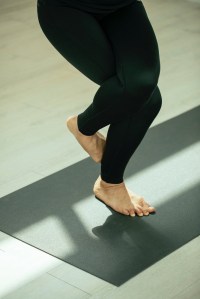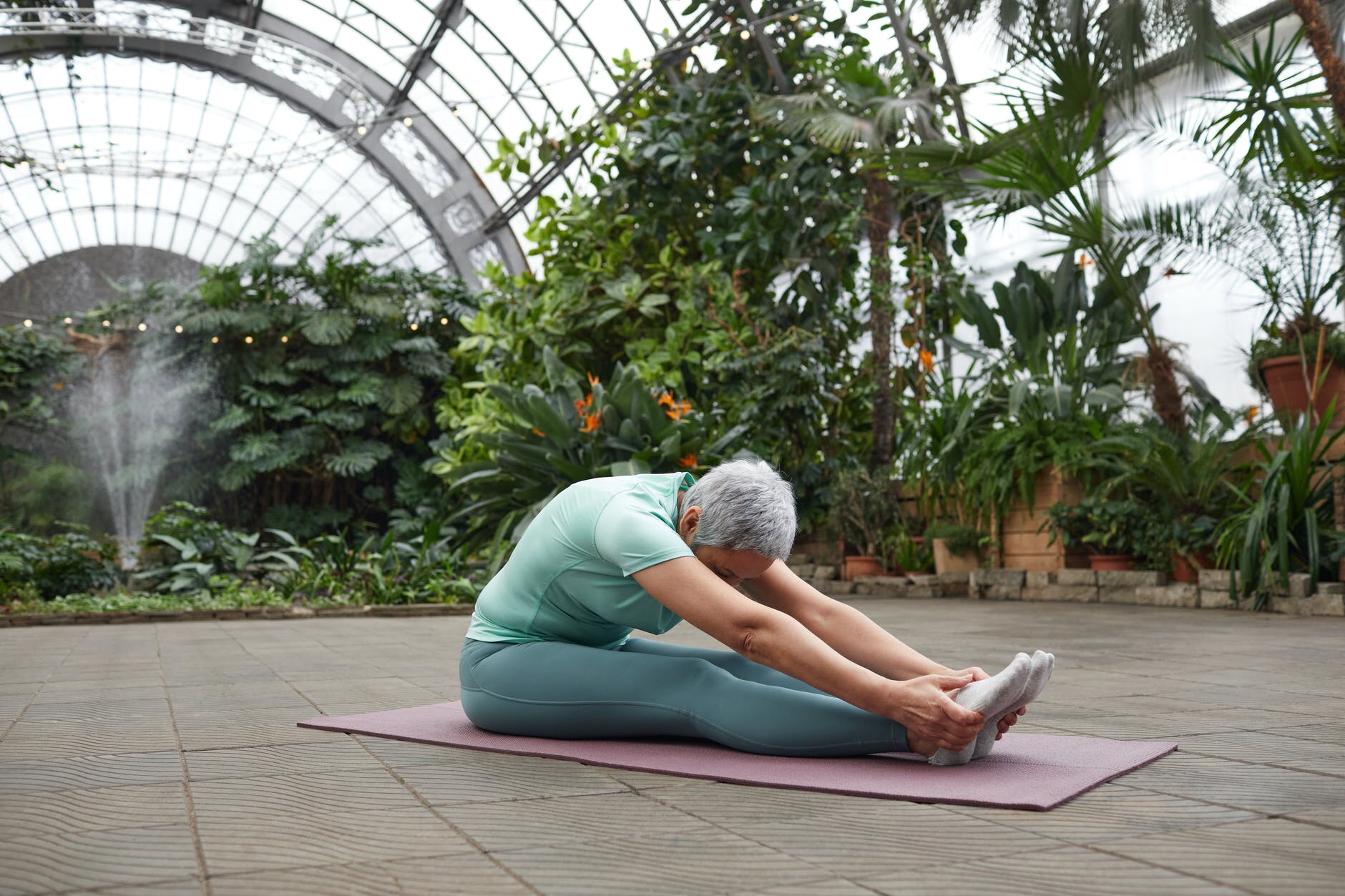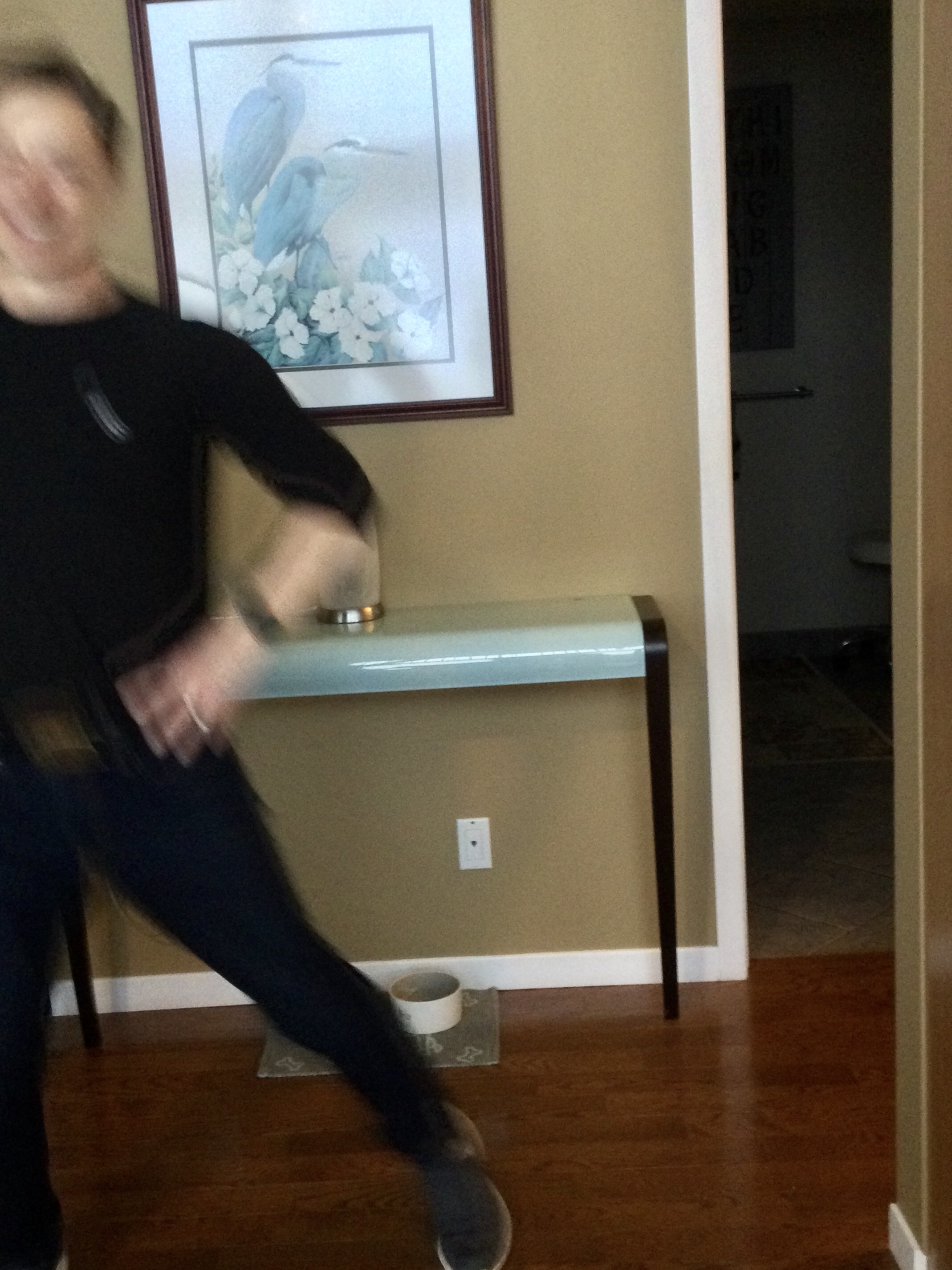“No matter what your age is today, you are an old person in training.”
Ashton Applewhite, author and ageism activist
Balance is being able to stand without falling to either side. It should be simple, but many people have difficulty holding this basic stance. The good news is that there are ways you can improve your balance and reduce your risk of injury from falls.

The importance of having good balance cannot be understated, especially as we age. Balance issues have major implications for the elderly. The Center for Disease Control and Prevention (CDC) has given falls the distinction of being a leading cause of death in our aging population:
Every second of every day, an older adult (age 65+) suffers a fall in the U.S.—making falls the leading cause of injury and injury death in this age group. One out of four older adults will fall each year in the United States, making falls a public health concern, particularly among the aging population.
Easy At-Home Balance Check
Regardless of your age, do this quick check. The results may surprise you.

Wearing comfortable clothes and a pair of flat shoes (preferably sneakers), standing straight up with a wall or chair nearby for support:
- Lift your right knee up off the floor vertically about a foot high.
- Hold it for a count of 10 if you can keep your balance without the use of the wall or chair, great! Place your foot back on the floor. If you can’t hold this move with your eyes open, do not continue and discuss this with your physician.
- If you were successful with keeping your eyes open, continue this activity, but close your eyes. If you succeed without the aid of the chair, congratulations!
- Repeat the same activity with your left knee.
Many people over 65 are not able to complete this task without losing their balance. And this could indicate a medical problem.
I’m 60. I can easily do this with my eyes open, but not with my eyes closed.
Consult Your Physician if you Have These Symptoms
Balance disorders have a variety of symptoms, as well as specific treatments. If you are experiencing any of the following symptoms, make sure you discuss them with your physician before trying any of my recommended activities.

- Dizziness
- Feeling like you are in motion or spinning, even when standing still (vertigo)
- Loss of balance while walking
- Staggering while walking
- Ringing in the ears (tinnitus)
- Feeling like you are going to faint (lightheadedness) and/or a floating sensation
- Blurred vision or double vision
- Confusion
Now What?
So you’ve been cleared by your physician of any balance-related medical conditions, but you still feel a little unsteady on your feet? Don’t worry, there are plenty of ways to improve your balance and prevent falls.

Practice the knee-lift exercise, as presented earlier, starting at 10 seconds with your eyes open. Gradually work up to 30 seconds or more, if you are comfortable. Then start closing your eyes. Be careful! Have a chair near you to to help keep your balance. You can do this several times a day, and should see a balance improvement in as early as just a few days.
Sit in a chair and get up without using your hands. If this is too easy, practice sitting on the floor and standing straight up without using your hands.
Pretend you are walking on a balance beam and touch your heals to your toes walking in a straight line.
Stay active! Even if you are sitting in front of the TV all day, you should walk around your room during commercials.
Women: Stop wearing high-heels!

Take a yoga class. I’m not referring to pretzel-bending, hardcore yoga, just a simple beginner’s course that almost everyone can easily do.
Tai Chi works wonderfully for strengthening your balance.

Do simple stretching exercises.
Benefits of Uneven Surfaces

Let’s consider the benefits of walking on uneven surfaces to improve balance. Instead of walking on a smooth flat surface or treadmill, try a rocky or snowy terrain. Walking barefoot on a sandy beach also offers similar advantages.
– Walking on uneven surfaces causes your muscles to respond differently with each step, making them more resilient. This will also strengthen your mind-movement coordination by making you more aware of your foot placement.
– You are forced to wobble as you walk, which helps to builds strength, endurance, balance and ability to react.
– These movements and activities, when done regularly, promote synovial fluid production and distribution, allowing our joints to get the lubrication they need to stay healthy.
Whether you are old or young, pay close attention to your ability to balance. I have friends and family members who have serious struggles with balance and falls. It’s no joke. Now get out there and work on your balance!
Thank you for reading! – Barb, the River Blogger (Btrb)
Feel free to reblog anything I post. I welcome all comments and discussion.





Love the Ashton Applewhite quote.
That quote made me think. I never really thought of aging that way before!
Steve is such a stud!!
Going to physical therapy tomorrow. One of our set goals is to improve balance. This is a timely and important post Barbara, Thank you for helping to get the word out.
Thank you, and good luck with physical therapy!
I do Tai Chi for balance with my stretches, weights and aerobics. It is so important.